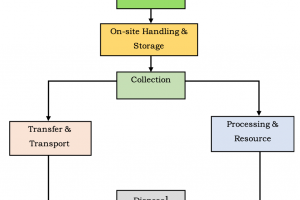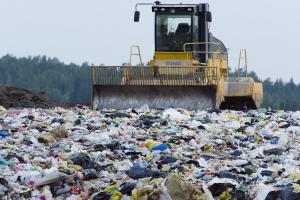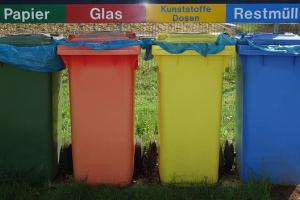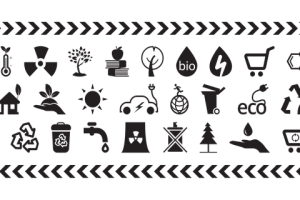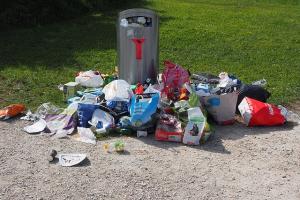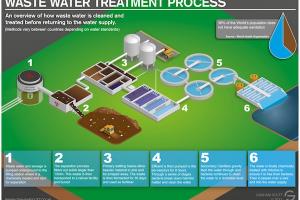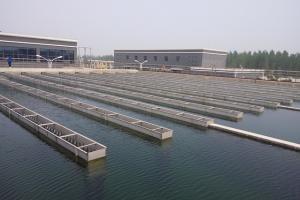Generation of Solid Waste - Factors Affecting & Rate Measurement
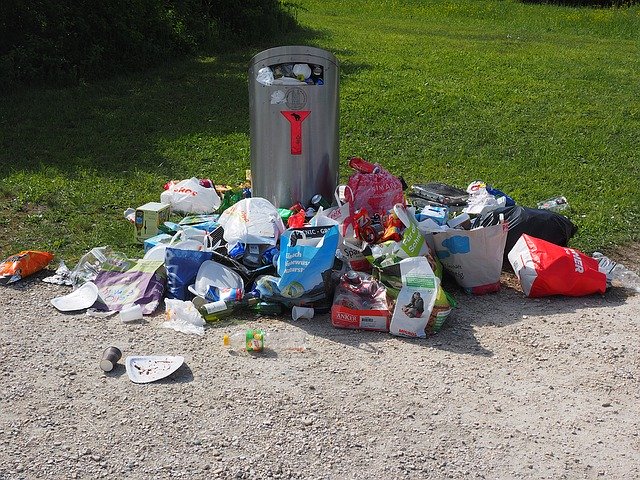
Generation of solid waste is a result of natural, human, and animal activities. Knowledge of the generation of solid waste is important in the planning, designing, and operation of solid waste management system. Generation of solid waste has two aspects: One is the quality of solid waste and the other is the quantity of solid waste. Quality includes the sources, types, and typical composition of solid waste along with its properties whereas the quantity represents the generation rates and total quantities and volumes of waste generated.
Quantity of the Solid Waste
Determination of the generation rate of solid waste is the most important parameter required in the design of management and subsystems. Solid waste is usually quantified in terms of generation rate i.e. amount of waste generated by a person or a facility in one day. The estimated generation rate for municipal solid waste of Peshawar as reported is 0.65 kg/capita/day.
Quality of Solid Waste
The quality of solid waste not only encompasses different types and sources of solid waste but also includes its physical chemical and biological characteristics.
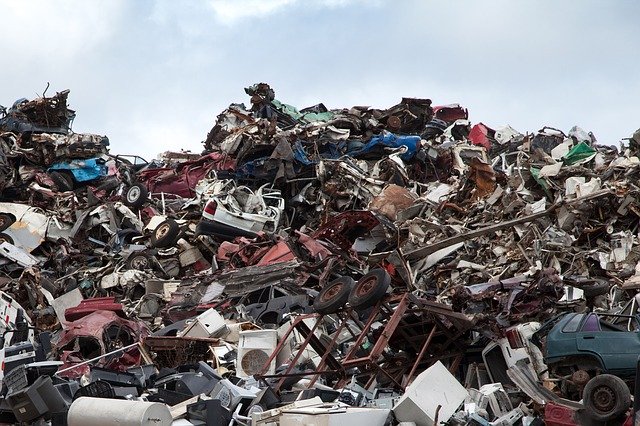
Measures of Quantities
- Volume measurement.
- Weight measurement.
Care is required in using volume measurement because of the distinction between compacted and loosened waste. Both have different weights and volumes. The weight of the solid wastes is the most accurate and preferred basis for records regardless of whether the waste is loose or compacted.
Units of Measurement
- Residential and Commercial – kilogram per capita per day (Kg/c/d).
- Agricultural – Kilogram per hectare per year (kg/ ha/ year).
Methods Used to Determine Generation Rate of Solid Waste
Load count analysis:
Counting the number of loads over a specified period of time. Knowing the weight of each load, the maximum and average generation rates can be determined. Load count analysis is a method used to estimate the generation rate of solid waste by counting the number of waste loads or containers collected over a specific period. This method involves tracking the number of waste bins, dumpsters, or trucks filled with waste during collection rounds. By recording the load counts regularly and averaging it over time, waste management authorities can estimate the average daily or weekly generation rate of solid waste. Load count analysis provides a relatively simple and cost-effective way to assess waste generation rates.
Weight-Volume analysis:
By measuring the volume of the truck and knowing the average density of waste, the generation rates can be determined. The weight-volume analysis involves measuring the weight or volume of solid waste generated within a given timeframe. This method can be performed by weighing waste containers or by estimating the volume of waste using various techniques such as manual measurements or automated systems. By tracking the weight or volume of waste generated over time, waste management authorities can calculate the average daily or annual generation rate of solid waste. Weight-volume analysis provides a more quantitative approach to determining waste generation rates and can also help identify trends in waste composition and density.
Material Balance approach:
Indirect calculation of generated waste, by drawing correlations between activities and waste generation. For example, a commercial activity worth X Million Rupees will generate Y kgs of waste. If we have the data, then such correlations can be established for all areas. Expensive and inaccurate in the beginning, but saves a lot in the long run.
The material balance approach is a comprehensive method that involves assessing the flow of materials into and out of a specific area or system to determine waste generation rates. It considers various factors such as population data, industrial activities, consumption patterns, and waste management practices. By analyzing the input (e.g., raw materials, products, packaging) and output (e.g., waste, recycling, disposal) flows, waste management authorities can estimate the generation rate of solid waste. The material balance approach provides a holistic understanding of the factors contributing to waste generation and can guide waste management planning and resource allocation.
Factors Affecting Generation Rates
Several factors can influence the generation rates of solid waste in a given area. These factors can vary depending on the region, population density, socioeconomic conditions, cultural practices, and waste management systems in place. Understanding these factors is essential for developing effective waste management strategies and promoting sustainable practices. Here are some key factors that can affect the generation rates of solid waste:
1. Population Size and Density:
The size and density of the population in a particular area directly impact the amount of waste generated. Generally, higher population numbers and denser urban areas tend to generate more waste due to increased consumption, production, and human activities.
2. Economic Development and Affluence:
Economic development and affluence play a significant role in waste generation. As societies become more prosperous, there is often an increase in consumption patterns, leading to more packaging waste, disposable products, and higher overall waste generation rates.
3. Urbanization and Lifestyle Changes:
Urbanization and shifts in lifestyle patterns can influence waste generation. As rural areas develop into urban centers, there is often a transition from traditional and sustainable practices to more consumer-driven lifestyles. This shift can result in increased waste generation due to changing consumption patterns and the adoption of convenience-oriented products.
4. Industrial and Commercial Activities:
The presence of industrial and commercial activities can significantly impact waste generation rates. Manufacturing processes, construction activities, and commercial operations can generate substantial amounts of waste, including packaging materials, industrial byproducts, and construction debris.
5. Seasonal and Tourist Influences:
Seasonal variations and tourism can contribute to fluctuations in waste generation. During peak tourist seasons, areas with popular tourist attractions may experience a surge in waste generation due to increased consumption, hospitality services, and recreational activities.
6. Cultural and Social Practices:
Cultural and social practices influence waste generation patterns. Different cultural practices, traditions, and religious events can lead to specific waste streams, such as food waste from festivals or ceremonial activities. Additionally, social norms, awareness, and attitudes toward waste management can affect recycling rates and waste reduction efforts.
7. Legislative and Policy Frameworks:
The presence of effective waste management policies and regulations can impact waste generation rates. Policies promoting waste reduction, recycling, and extended producer responsibility can incentivize individuals, businesses, and industries to adopt sustainable practices and reduce waste generation.
8. Infrastructure and Waste Management Systems:
The availability and adequacy of waste management infrastructure, such as collection systems, recycling facilities, and disposal sites, can influence waste generation rates. Well-designed waste management systems that prioritize recycling and resource recovery tend to result in lower overall waste generation.
9. Education and Awareness:
Education and public awareness campaigns can play a vital role in waste reduction efforts. Promoting sustainable practices, waste segregation, and recycling through educational initiatives can lead to behavioral changes that reduce waste generation.
10. Technological Advances and Innovation:
Technological advancements and innovations in product design, manufacturing processes, and waste management techniques can influence waste generation rates. For example, the development of eco-friendly materials, sustainable packaging, and waste-to-energy technologies can help reduce waste generation and improve resource recovery.
Other points to consider when calculating the generation rate of solid wastes include:
- Geographical location – related primarily to the different climate and also the culture that can influence both the amount generated and collection operation.
- Season of the year.
- Frequency of collection of solid waste.
- Characteristics of population: e.g. Income and education levels, also profession classes.
- The extent of salvage and recycling of wastes.
- Legislation regarding solid waste generation, collection, and disposal.
- Public attitude towards solid waste.




